When it comes to products such as Roundup, there is a water-to-herbicide ratio you must follow. But how much Roundup do you need for 25 gallons of water? We have researched this for you and will answer your question.
According to Roundup's instructions, you will need 37.5 ounces of Roundup Weed & Grass Killer Concentrate per 25 gallons of water. This should be enough to get rid of weeds and grass. For killing vines and perennials, use 62.5 ounces of Roundup per 25 gallons of water.
You can figure out how much Roundup to use for any amount of water so long as you know the ratio. We will go over this mixing ratio in more detail and discuss the proper way to apply Roundup in the following sections. Read on!
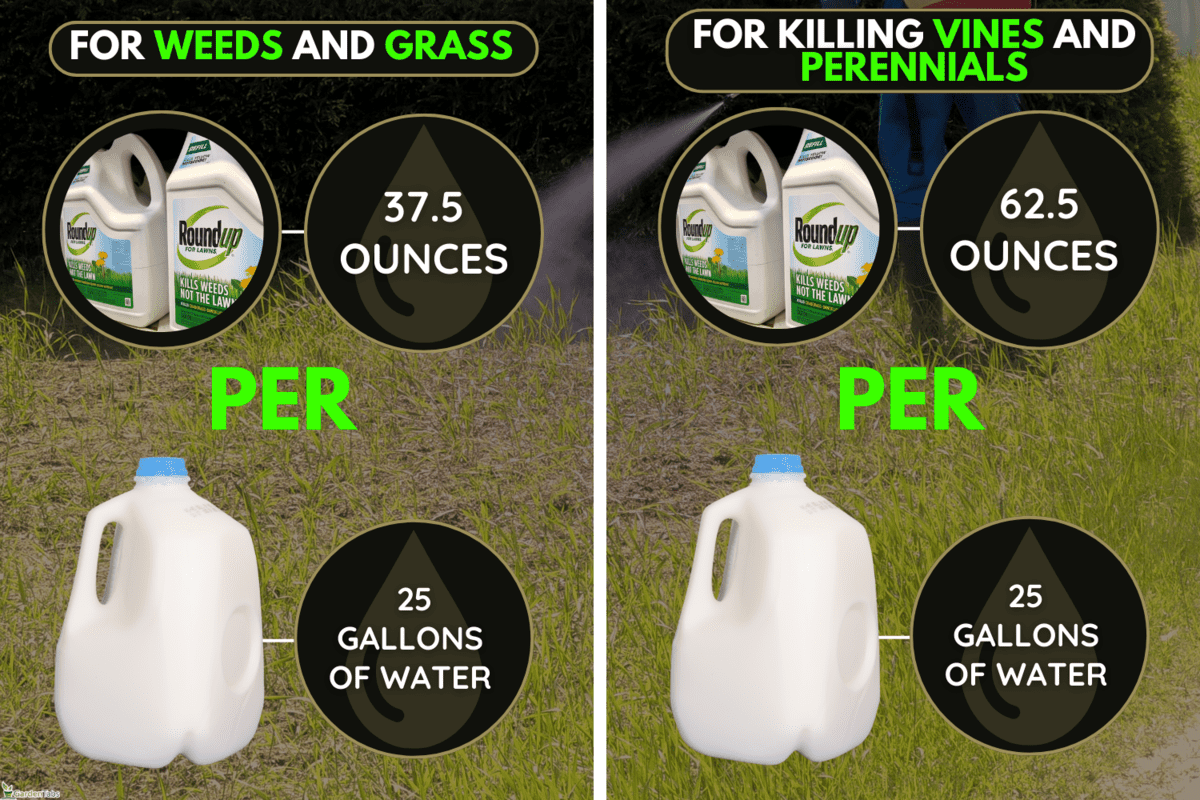
How Much Roundup For 25 Gallons Of Water?
The ratio of Roundup to water depends on which specific product you are using and what type of plants you are using it on. You can make minor adjustments, but here are the recommended amounts of Roundup per 25 gallons of water by plant type:
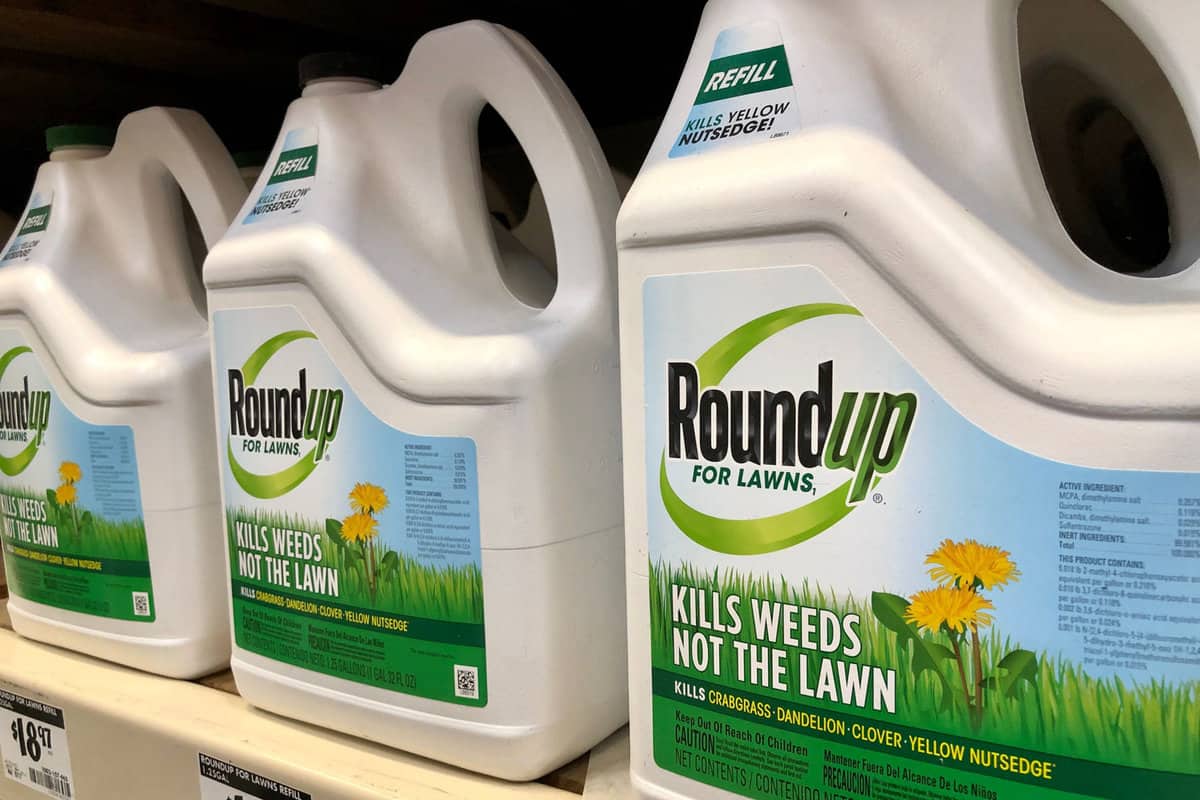
- grass and weeds - 37.5 ounces to 75 ounces
- vines and perennials - 62.5 ounces to 150 ounces
- seedling weeds - 16.75 ounces
- dense weeds - 50 ounces
You can adjust how much Roundup you add to water depending on how tough the weeds are. Consider as well the area of land you are going over. You can compute the amount of Roundup you need so long as you follow the ratio.
Roundup To Water Ratio
For killing weeds and grass on an entire lawn, mix 1.5 ounces or 3 tablespoons of herbicide per 1 gallon of water. For vines or perennials, you need a stronger solution mix of 2.5 ounces or 5 tablespoons per 1 gallon of water. The more gallons of water you need, the amount of Roundup you have to mix increases accordingly. To figure out how many ounces of Roundup to use, you can multiply the appropriate ratio per gallon of water. This is usually specified in the product instructions.
The tougher the plant, the more Roundup you need in proportion to a gallon of water. Covering a larger land area needs more solutions, so that would be an increase of both gallons of water and ounces of Roundup. Just take care not to use more solutions than needed as this is harmful to the environment.
These measurements are meant for Roundup concentrate variants, as the product has a line of ready-to-use weedkillers. Roundup weedkiller products come in three lines: they have products more suitable for killing landscape weeds, lawn weeds, or driveway and patio weeds.
Click here to see this Roundup concentrate on Amazon.
 How Much Roundup To Use Per Acre
How Much Roundup To Use Per Acre

One gallon of water and Roundup is enough to cover 1000 square feet of land. This means that 25 gallons of water and Roundup can cover approximately 25,000 square feet. This is equivalent to 0.57 acres or slightly more than half an acre. To cover an entire acre (43,560 square feet), you will need around 440 gallons of water and a roundup solution. According to Roundup, you need up to 44 gallons of herbicide per acre.
If you use herbicides like Roundup for lawns, the amount you need will vary greatly. You may need anywhere from several gallons to less than ten gallons. For example, smaller lawns are only around 5,000 square feet, warranting only five gallons of water and Roundup solution.
The average residential lawn is more than 10,000 square feet, while those on the larger end can span acres. The national average yard size is more than 23,000 or five acres.
How To Mix Roundup And Water
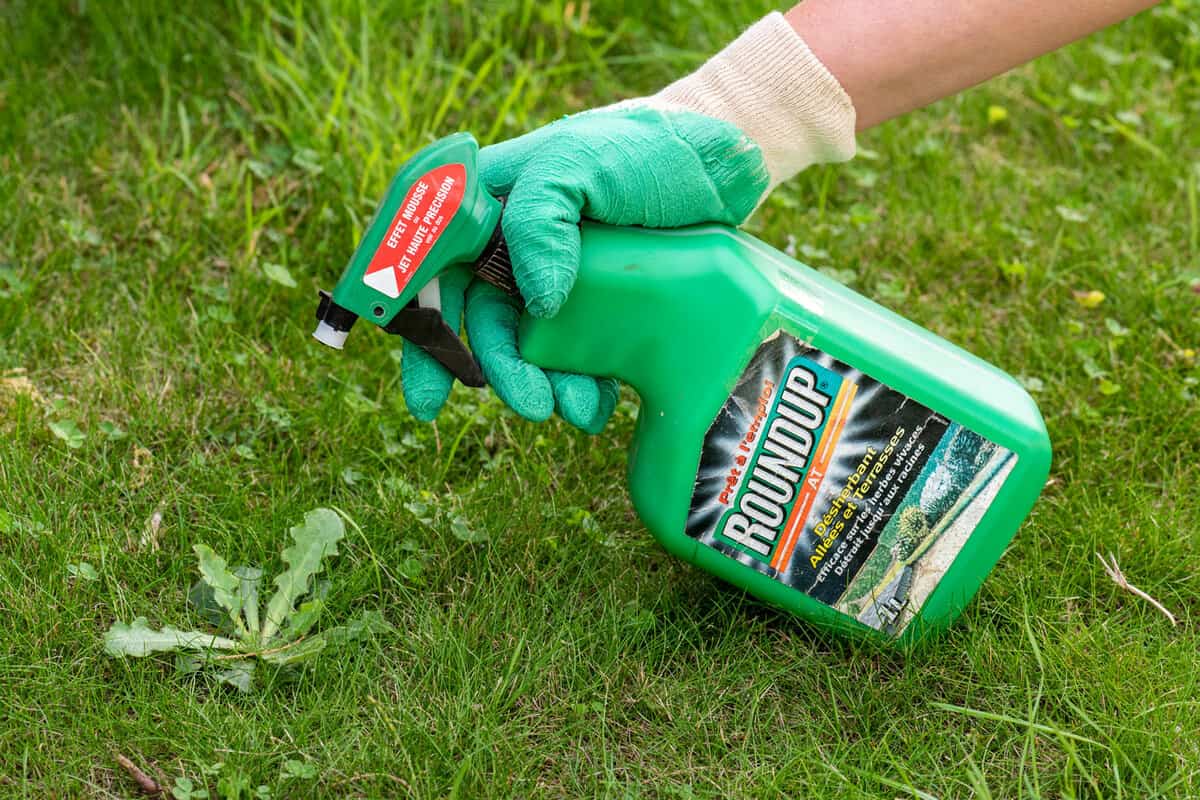
To prepare for herbicide application, mix the Roundup concentrate. Before working with herbicide, it is a good practice to put on safety equipment, gloves, goggles, and a breathing mask. These will protect you should you have any sensitivities to the chemicals.
Pour the needed amount of clean and warm water into your sprayer tank. Mix the appropriate amount of Roundup into the tank and seal it. Gently shake the tank to let the herbicide evenly mix into the water.
Click here to see this tank sprayer on Amazon.
You can spot-apply Roundup on individual weeds or thoroughly spray over larger areas. Avoid spraying plants you want to keep, and do not spray near animal feeders. Roundup must also be applied at a specific time to optimize its effects and safety. Apply in the morning. There must be no chance of rain, and the ideal temperature is 60F or higher. This allows the product enough time to dry and absorb into the weeds. This method also minimizes the chances of run-off, which makes the herbicide less effective.
Under these conditions, Roundup will dry quickly. This would be 30 minutes at the least and 3 hours at most. Gel-type herbicides take longer to dry.
Take note that herbicides are an environmental hazard. Do not make too many solutions, so you do not end up with extra or unused Roundup. As much as possible, minimize the amount of herbicide you are using.
Here is a helpful video from Roundup summarizing everything:
How Often To Apply Roundup
One application of Roundup is enough to kill weeds. However, there are hardy weeds that can continue to sprout in their places, so you will have to reapply. You can switch up your product if you do not want to go through the hassle of doing this. Roundup offers stronger types of weedkiller that last up to a year. These higher concentrations will help prevent weed regrowth, even as seeds spread. One of the best ways to apply the product is through a sprayer. Roundup also offers specialized nozzles to help you target specific plants.
The pre-mixed versions of Roundup come with easy spray nozzles or as a gel type. However, these are best for smaller applications with lower herbicide volumes. For larger jobs, you can save more through Roundup concentrate and mixing your solution.
How Long Do Herbicides Stay Active?
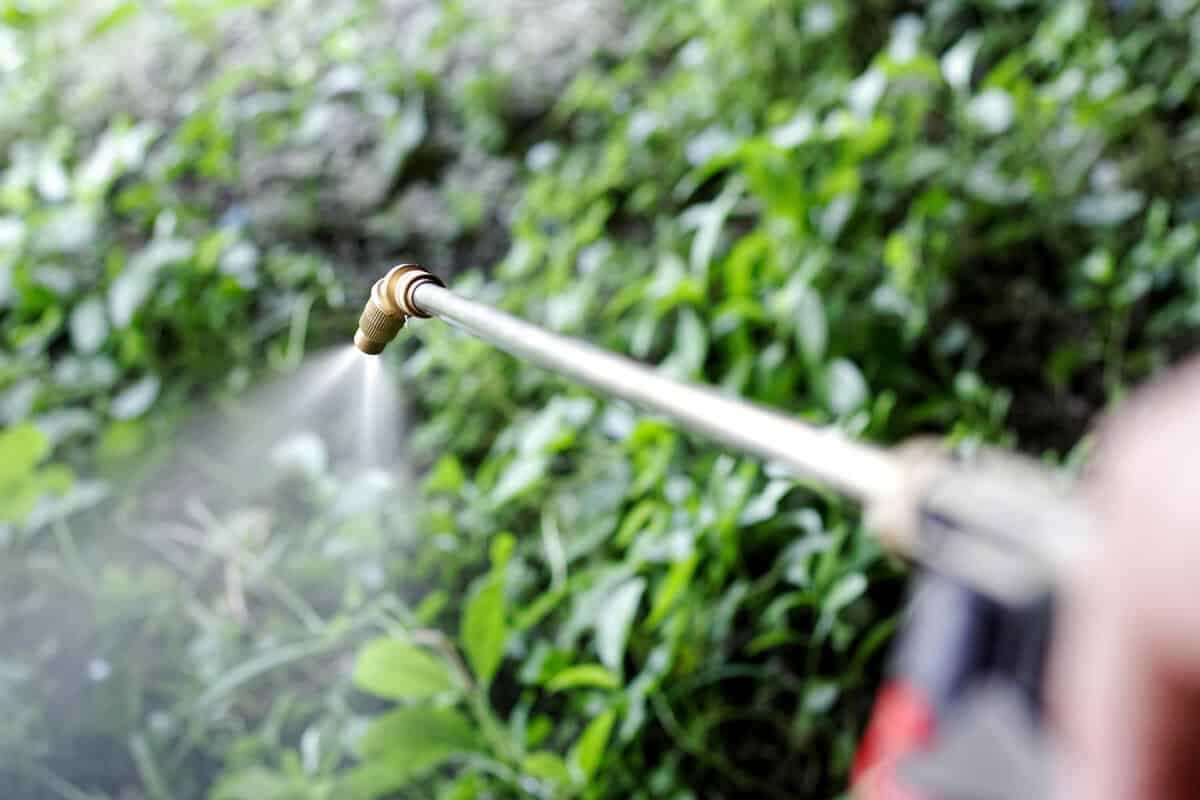
Herbicides soak into the soil with persistent use. When this happens, they will last several months to years until they stop being active. Roundup is very effective and works as soon as the plant absorbs the herbicide.
Roundup weedkiller is a glyphosphate. The half-life is 3 to 249 days, so it is bound to last in the soil for years. The good news is that this will not harm any new plants you sow in the same area in the future.
When not in use in its original container, Roundup has a shelf life of eight years. You can store diluted or mixed Roundup for no more than six months; however, Roundup does not recommend this. Instead, unused solutions should be used within a week, if not as soon as possible.
Weedkillers like Roundup are required by law to break down after around two weeks. This ensures the safety of the environment, yourself, and whatever plants need to keep growing around the area. Herbicides are specially formulated only to kill certain types of plants.
Is Roundup Harmful To Humans?
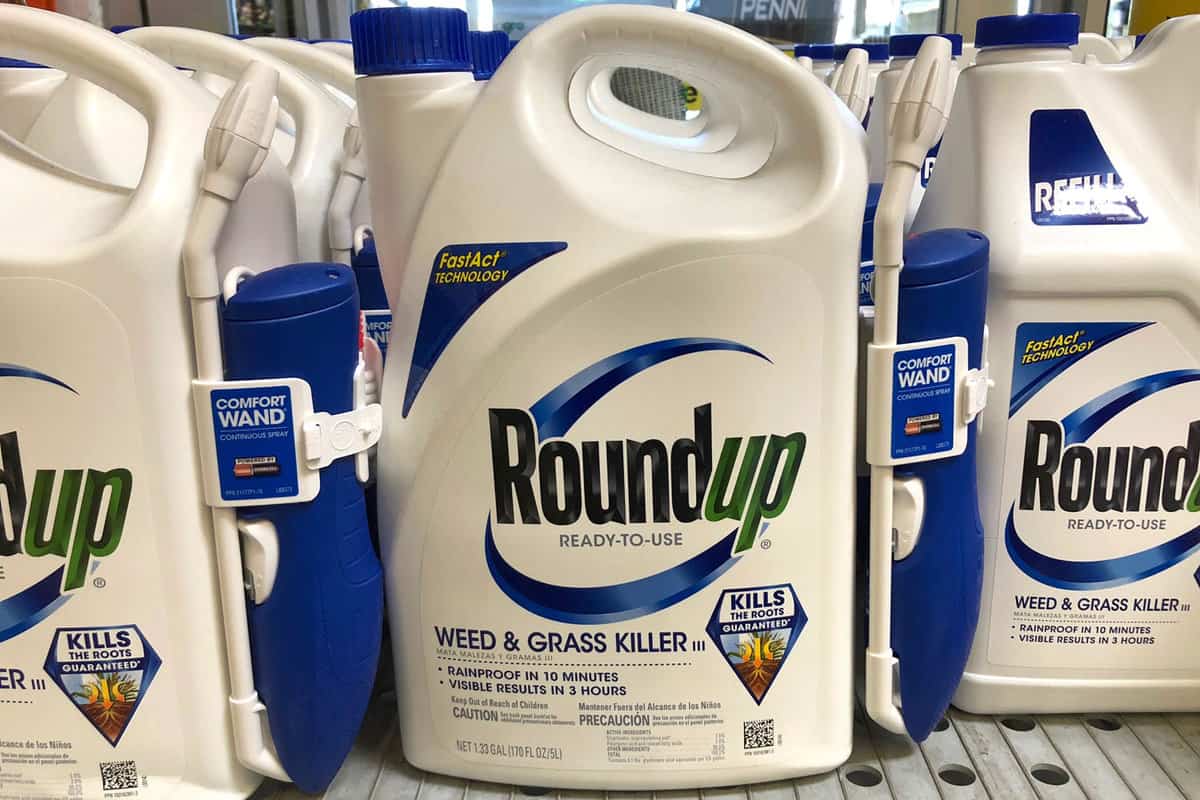
Roundup can cause skin or eye irritation due to the main ingredient glyphosate. Never swallow or ingest Roundup. Otherwise, it is safe to use for its intended purpose while following usage instructions. Like all chemicals, caution must be observed during handling.
According to the US Environmental Protection Agency (EPA), scientists have found no risks of concern to human health from current uses of glyphosate. Nevertheless, always keep Roundup stored in a cool, dry place out of reach of children and animals.
Keep pets away from plants sprayed with Roundup. Herbicides are toxic when consumed. After spraying Roundup on weeds, do not step on the area until up to two or three hours when it has fully dried. Once the weeds have completely absorbed the herbicide, it is safe for humans and animals to walk over again.
Wrapping Things Up
You need a minimum of 37.5 ounces of Roundup for 25 gallons of water. This is enough to cover half an acre. Make sure to follow safety and application measures when using Roundup. While safe to use, avoid stepping on freshly sprayed areas to let the herbicide fully absorb.
Roundup works instantly and can linger in the soil for several years. Keep this in mind when using the product. Finally, always avoid contributing to herbicide runoff during application. Roundup promotes environmental safety and endorses the least destructive use of its products.
Did you find this post helpful? If you did, check out our other articles before you go!
Does Roundup Kill Thistle? [Inc. Canadian, Russian, Scotch, & Milk]


